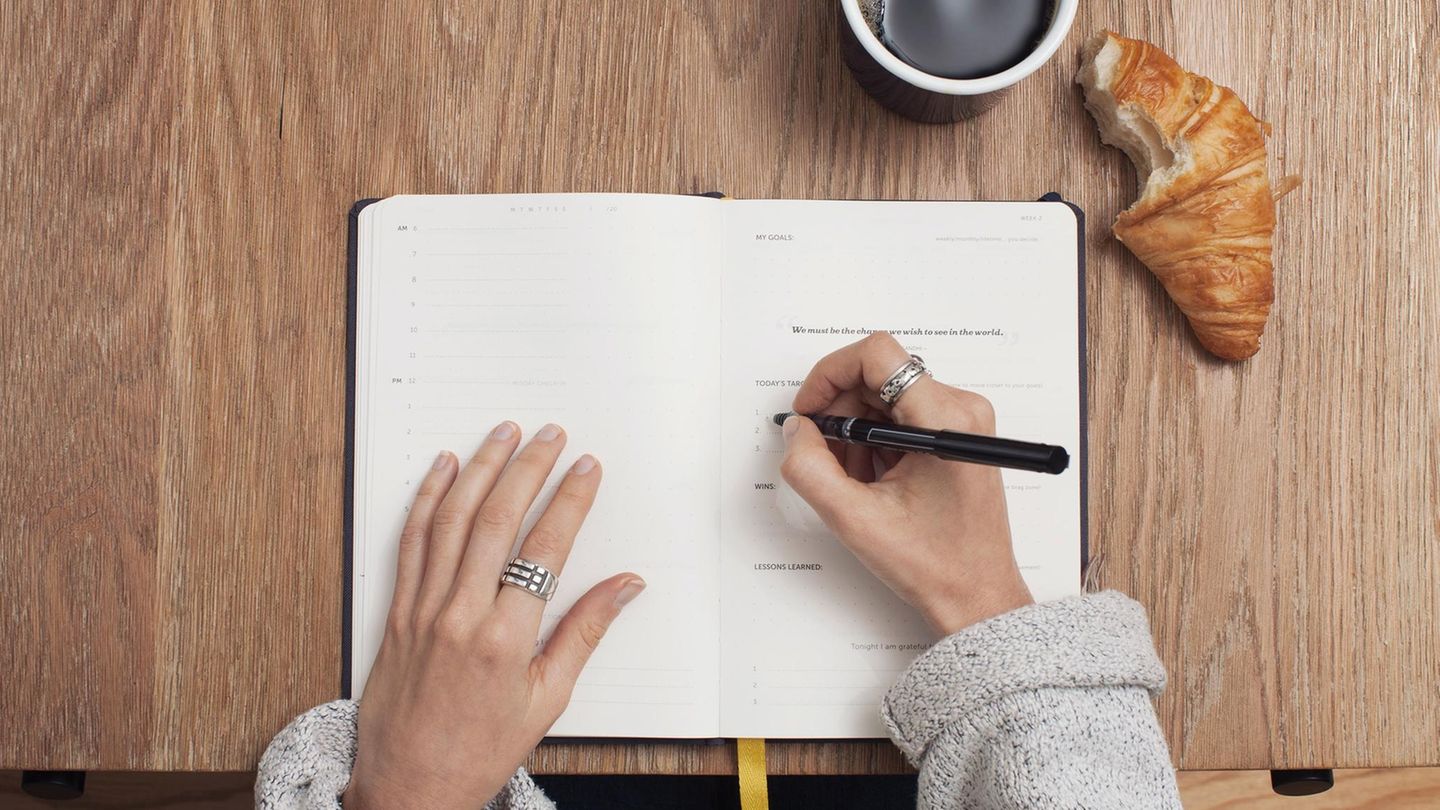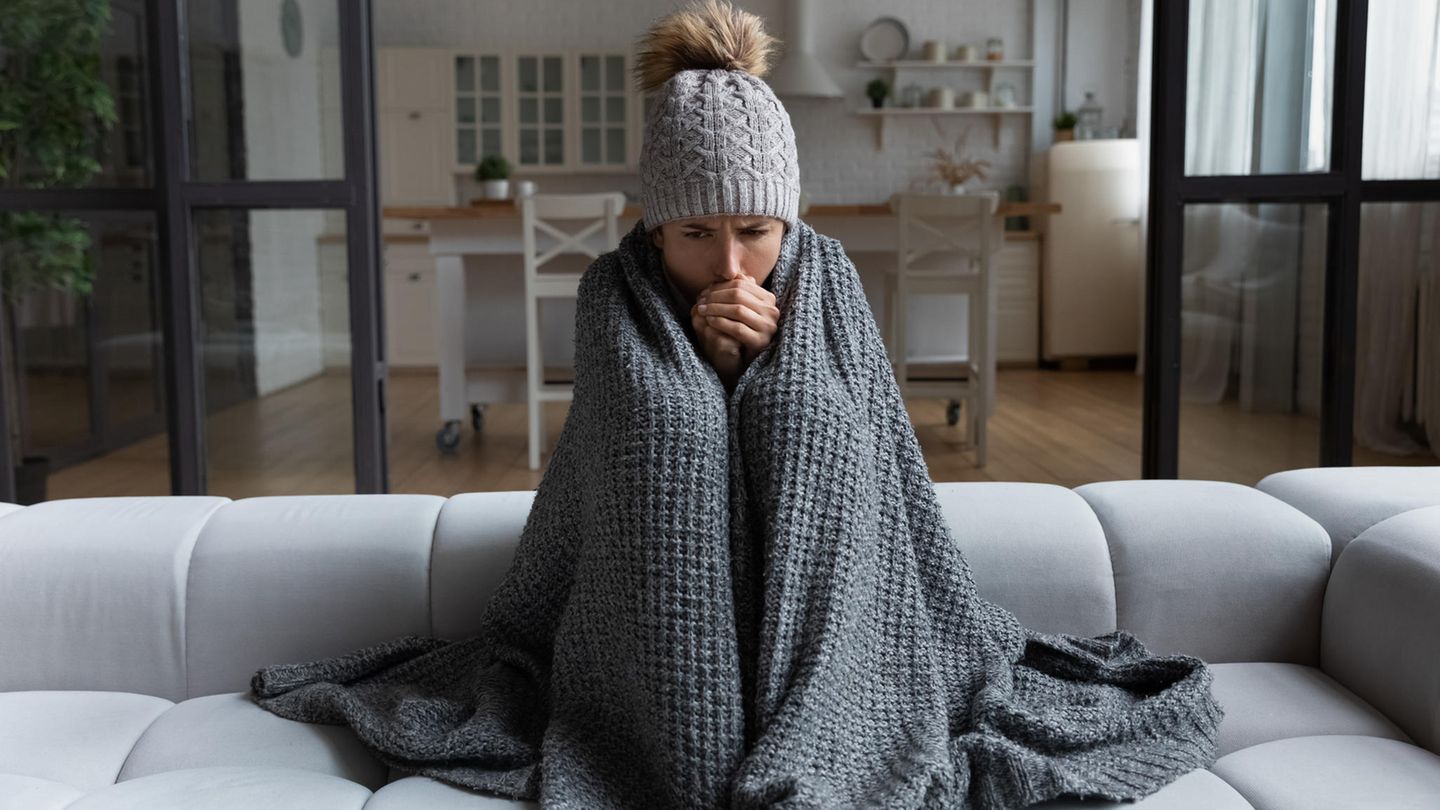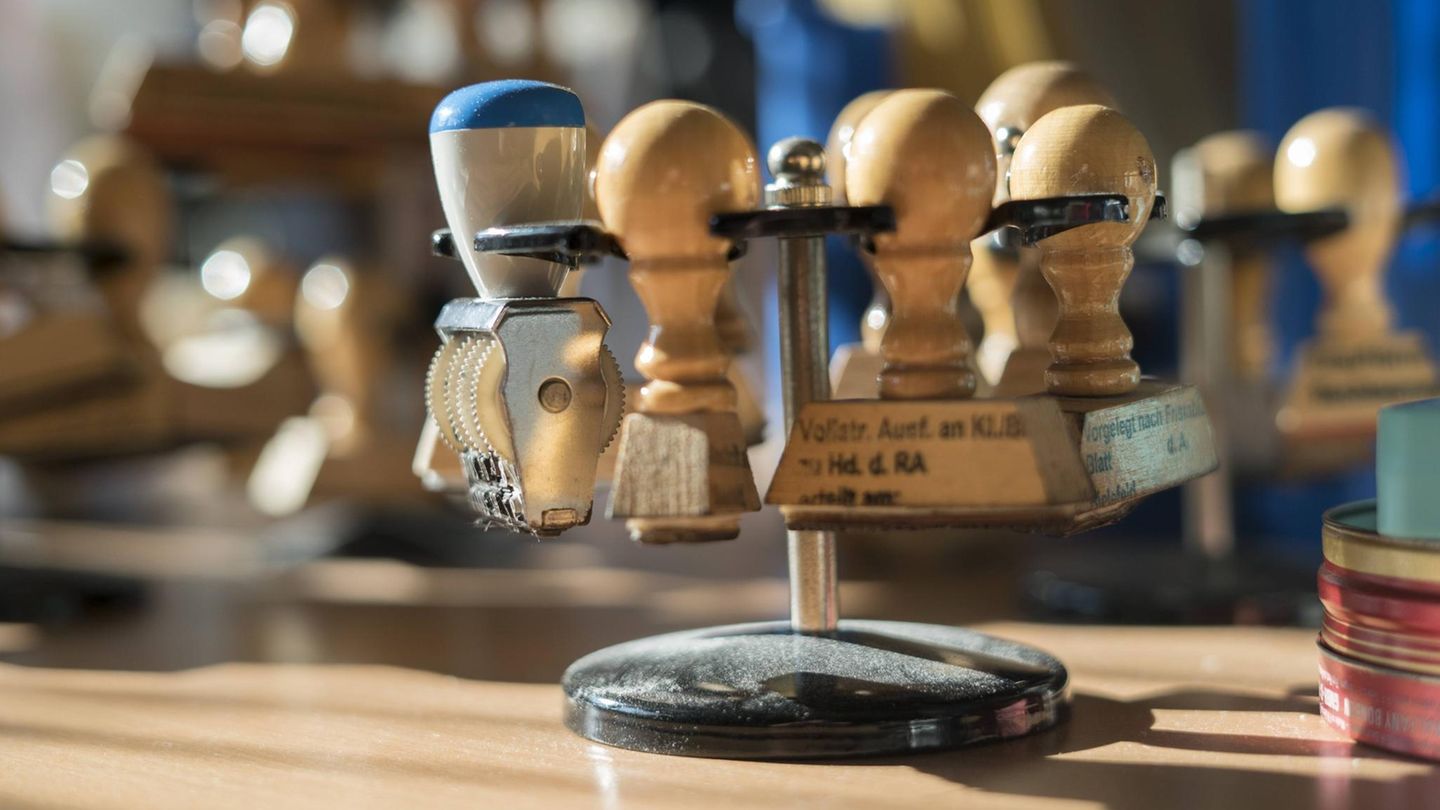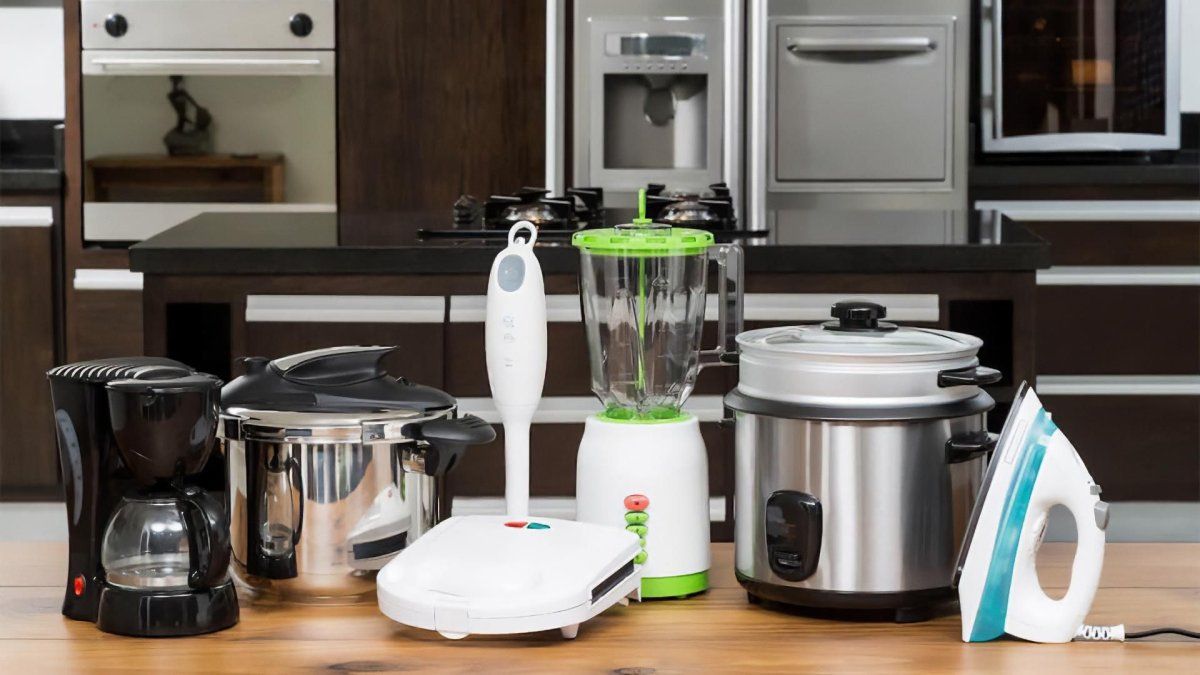Good to know
What happens in the body when we freeze
Copy the current link
Add to watchlist
Cold is spreading. The outside temperatures are low, but many apartments remain cool due to high energy prices. What happens in the body when we are cold.
Since the Corona pandemic, many people have been working from home more often – but with high energy prices, many Germans think twice about turning the heating up to full capacity. But anyone who sits at a desk all day quickly notices that feet and hands in particular get cold pretty quickly. But what actually happens in the body when we freeze?
The World Health Organization has stated in a report that low indoor temperatures increase the risk of cardiovascular and respiratory diseases. She therefore recommends a lower limit of 18 degrees indoors. A 2019 study even came to the conclusion that low room temperatures have a negative impact on productivity and performance – at least for women.
Winter blues? With these tricks you can beat winter fatigue
Alternating showers to combat fatigue
There is also the hard way: contrast showers. Regularly switching between warm and ice-cold water ensures that blood circulation is stimulated. The brain also reacts to the cold shock and reaches “operating temperature” more quickly.
More
Open caption
Back
Further
When it’s cold, our body counteracts this to maintain the temperature
If we are too cold – whether in the office or when it is frosty outside – we start to freeze. As warm-blooded animals, we need a constant body temperature so that our metabolism works and vital organs keep running. Our core body temperature is around 37 degrees – and our body does everything to ensure that we maintain it. Ultimately, a body temperature that is too low can ultimately lead to death.
We speak of hypothermia when our core body temperature drops below 35 degrees. Our body naturally wants to avoid this condition and takes measures to keep heat loss as low as possible.
Constricted blood vessels, goosebumps and trembling
First, the blood vessels constrict. This has the effect that less heat travels to the surface of the skin with the blood. We first notice this effect on our hands and feet – our body uses this mechanism to protect our brain and internal organs from the cold. And we get goosebumps when the cold continues. Our body hair stands up: The body activates the muscles in the hair follicle to create an insulating air cushion against the cold. Our ancestors, who had much more hair, were probably much more successful at warming their bodies.
If it gets any colder, we start to shiver. Our muscles contract and relax again. This movement creates heat.
Psychohygiene: These ten habits are balm for the soul

Write a diary.
For many young people, writing diaries has a permanent place in everyday life. You write down what’s bothering you, how you’re feeling and what you’re dreaming about. However, the older we get, the more likely we are to stop putting our thoughts on paper. A diary like this can be really helpful. If you write down your thoughts, you create space in your head. This is especially helpful when you’re caught in a carousel of thoughts or can’t concentrate because new tabs are constantly popping up in your head. We also reflect on our thoughts and experiences when we write them down. This can help us to broaden our perspective and take on new perspectives. The diary can help you gain new insights, get to know yourself better and bring structure to the chaos of your thoughts. And if you can’t remember it, you even have it in writing.
© Cathryn Laver / Unsplash
More
Open caption
Back
Further
If you don’t want to freeze in the cooler apartment or office, you should keep moving every now and then – this is how we turn on our muscle heating. The well-known onion look also warms us thanks to the insulating layers of air between the items of clothing.
Source: Stern
I’m Caroline, a journalist and author for 24 Hours Worlds. I specialize in health-related news and stories, bringing real-world impact to readers across the globe. With my experience in journalism and writing in both print and online formats, I strive to provide reliable information that resonates with audiences from all walks of life.




